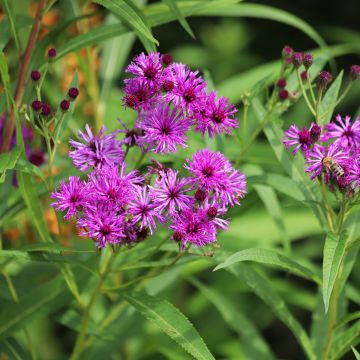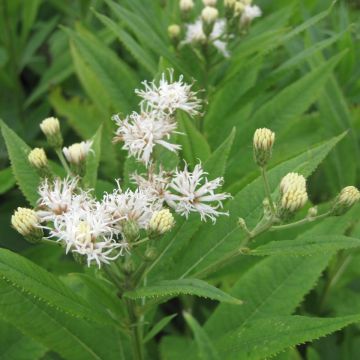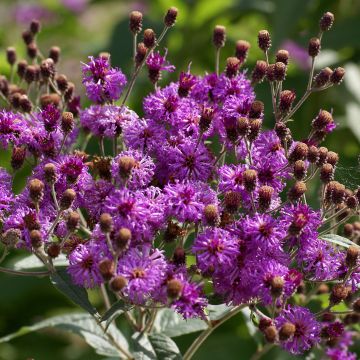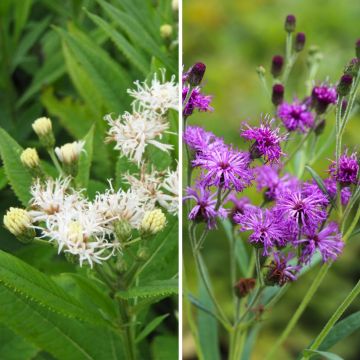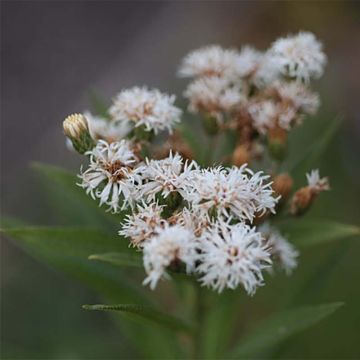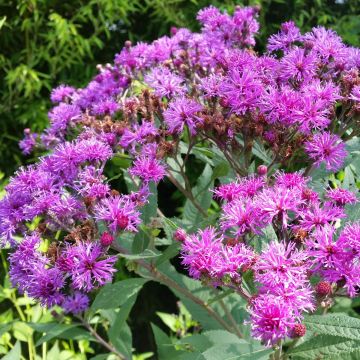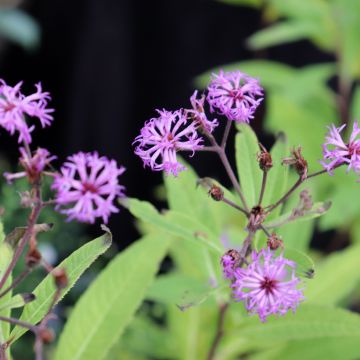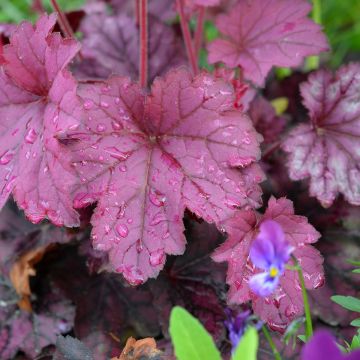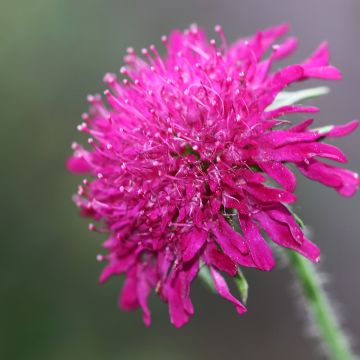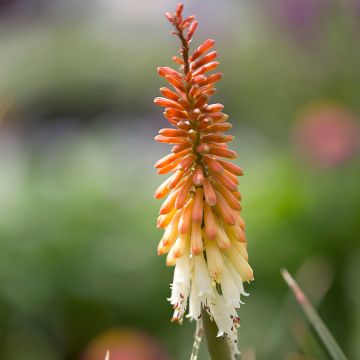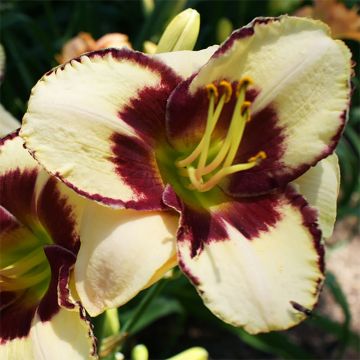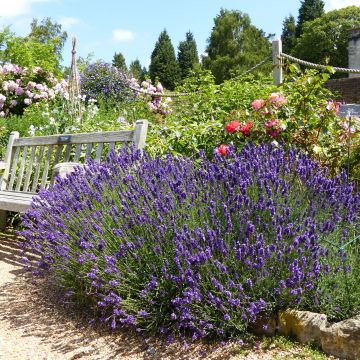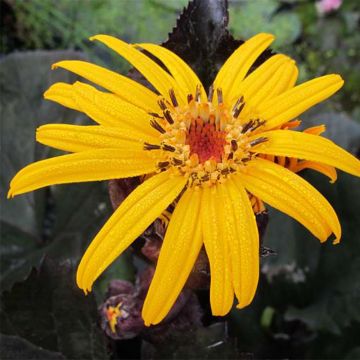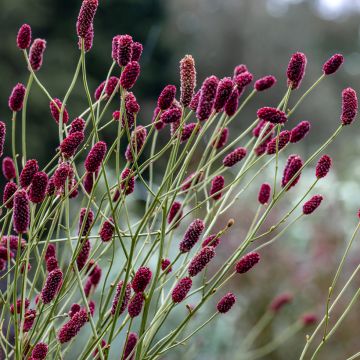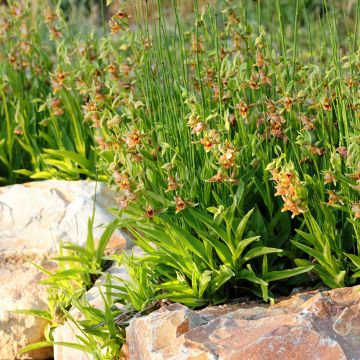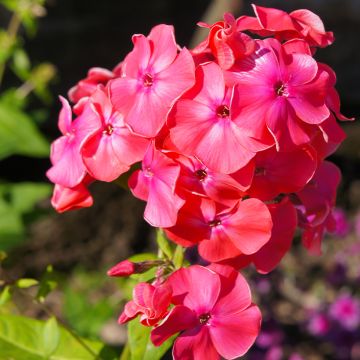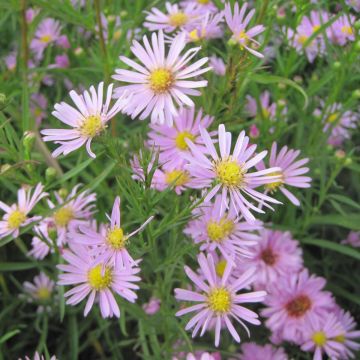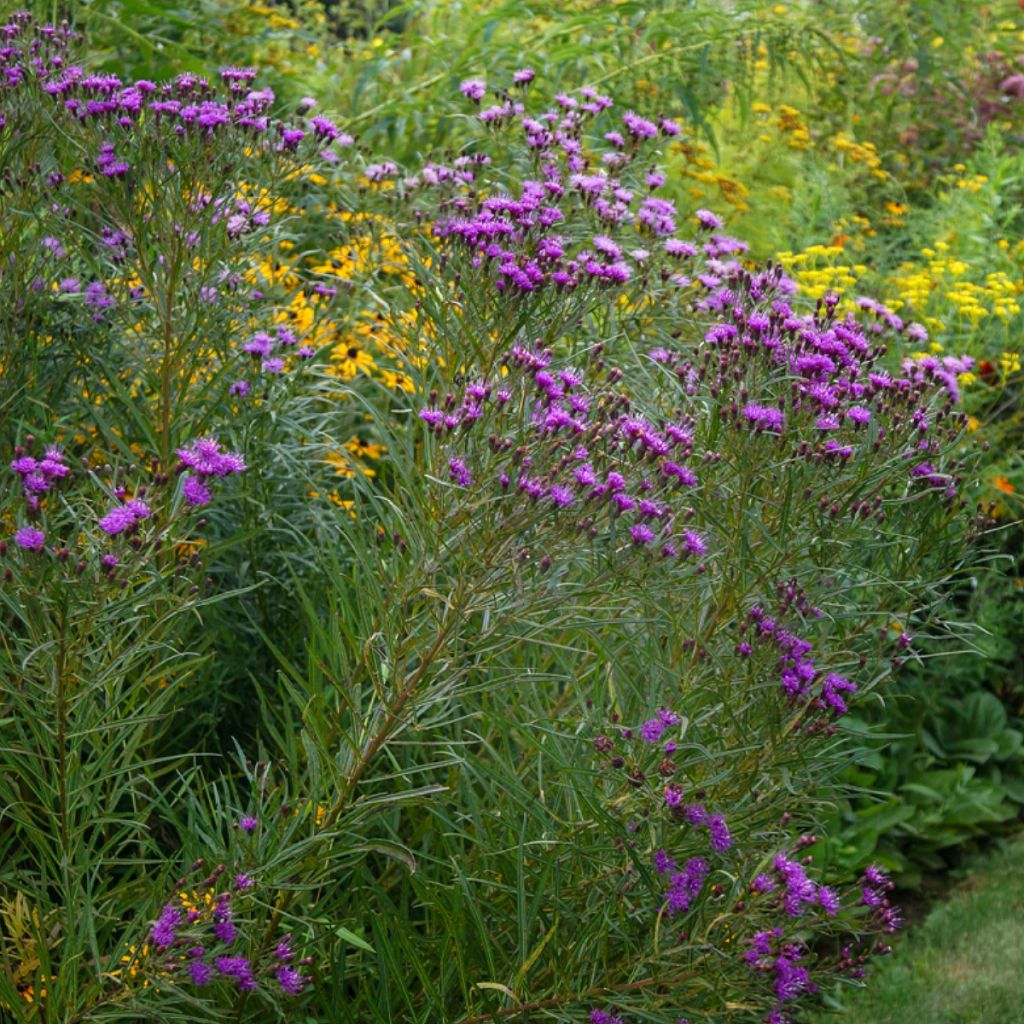

Vernonia lettermannii - Ironweed
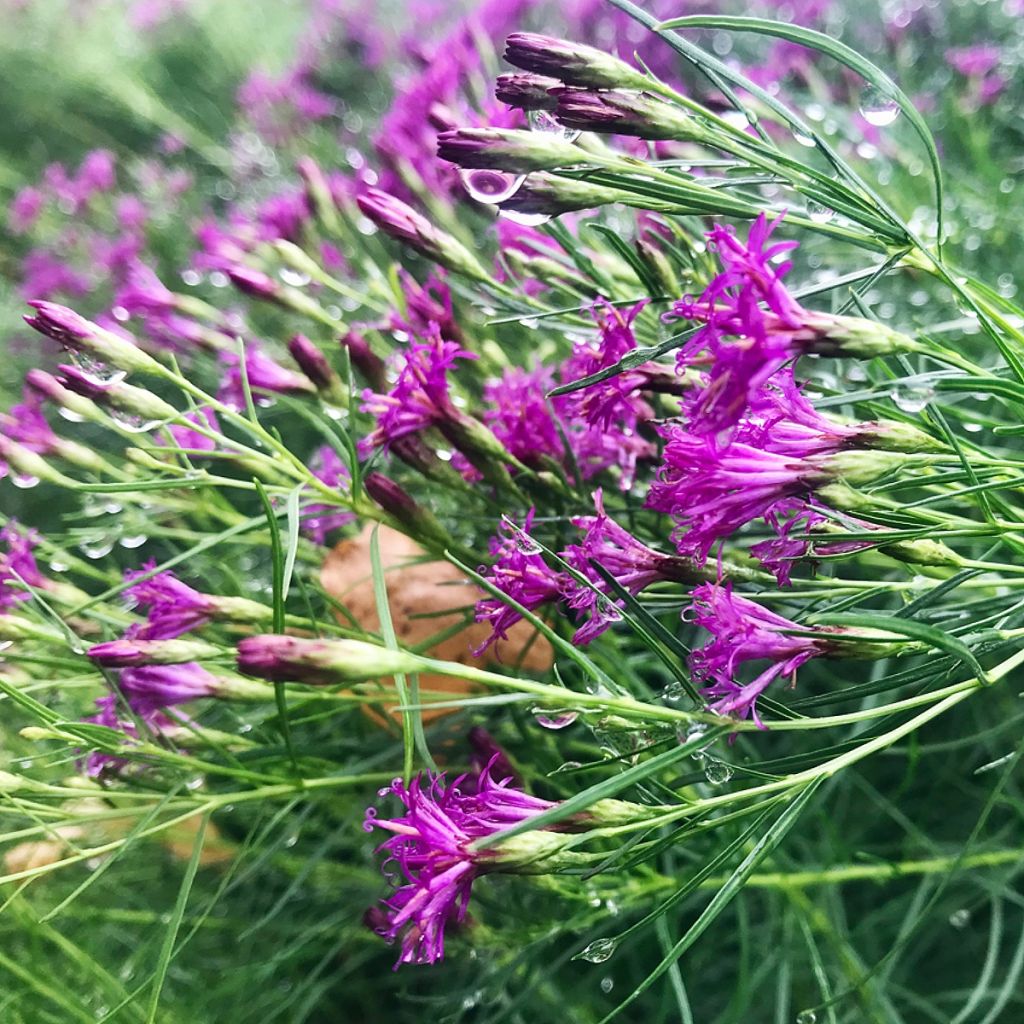

Vernonia lettermannii - Ironweed
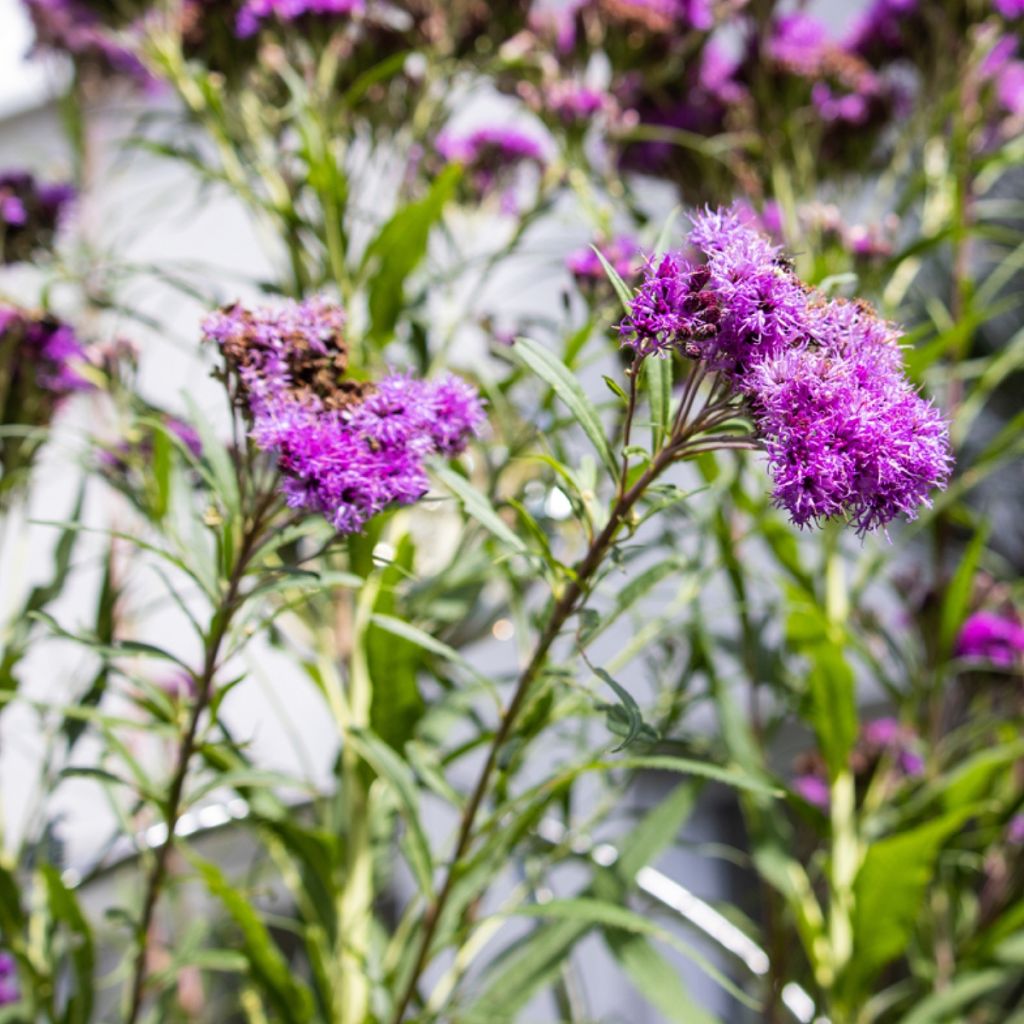

Vernonia lettermannii - Ironweed
Vernonia lettermannii - Ironweed
Vernonia lettermannii
Narrow-leaf Ironweed
Arrived in a sad state upon delivery. Despite my efforts, they did not recover.
Eliane, 14/09/2024
This item cannot be shipped to the selected country
Delivery charge from €5.90
More information
Delivery charge from €5.90
More information
Schedule delivery date,
and select date in basket
This plant carries a 12 months recovery warranty
More information
We guarantee the quality of our plants for a full growing cycle, and will replace at our expense any plant that fails to recover under normal climatic and planting conditions.
From €5.90 for pickup delivery and €6.90 for home delivery
Express home delivery from €8.90.
Does this plant fit my garden?
Set up your Plantfit profile →
Description
Vernonia lettermannii is a wild vernonia native to Arkansas, a perennial plant that hides great robustness under its graceful appearance. It forms a large clump of stems adorned with very fine foliage and displays numerous inflorescences composed of fine, tousled aster flowers in a beautiful purple colour at the end of summer. North American vernonias are relatively underused, charming plants, highly resistant to cold, and easy to grow in sunny locations with good, slightly moist soil in summer. Just like asters, which bloom at the same time, they are excellent plants for flower beds.
Vernonia lettermanii belongs to the Asteraceae family. This species is found in the central west of Arkansas and neighbouring Oklahoma. Its natural habitat consists of gravel banks found along watercourses as well as adjacent rocky outcrops in dry to occasionally flooded areas. It is a herbaceous perennial plant anchored by a strong taproot that will reach 1m (3ft) high and occupy 1.20m (4ft) of ground space without being invasive. Its growth rate is moderate, taking two years to establish, but it has a long lifespan. This vernonia forms a large clump of straight and sturdy, unbranched stems, carrying alternate, simple, thread-like, dark green leaves up to 7.5cm (3in) long. From August to September-October depending on the climate, it has lots of violet, 2.5cm (1in) wide flower heads, gathered in terminal corymbs at the ends of the stems. The flowers all open at the same time, attracting a large number of butterflies for a magnificent spectacle. The deciduous vegetation emerges in spring and dies in winter.
Vernonia lettermannii is very easy to grow and blends well with a multitude of plants to form magnificent autumn compositions with asters, shrubby salvias, masterworts, heleniums, and vervain hastata, for example. In a wilder style, at the back of a flower bed, this imposing perennial forms a very successful combination with Rudbeckia maxima and tall grasses such as Miscanthus 'Malepartus', Panicum, Stipa...
Vernonia lettermannii - Ironweed in pictures
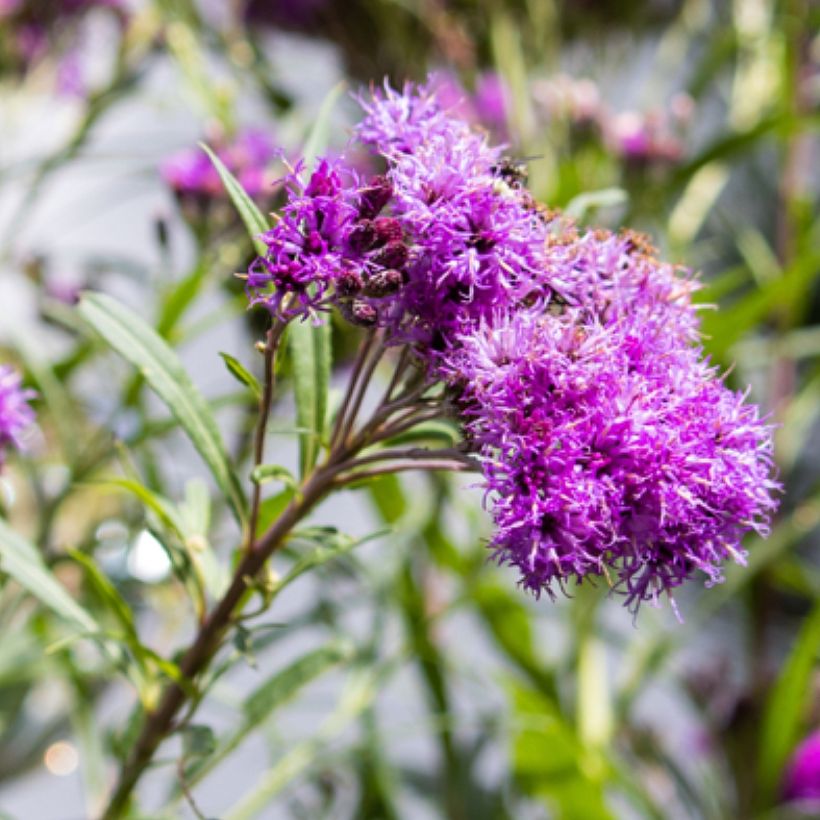



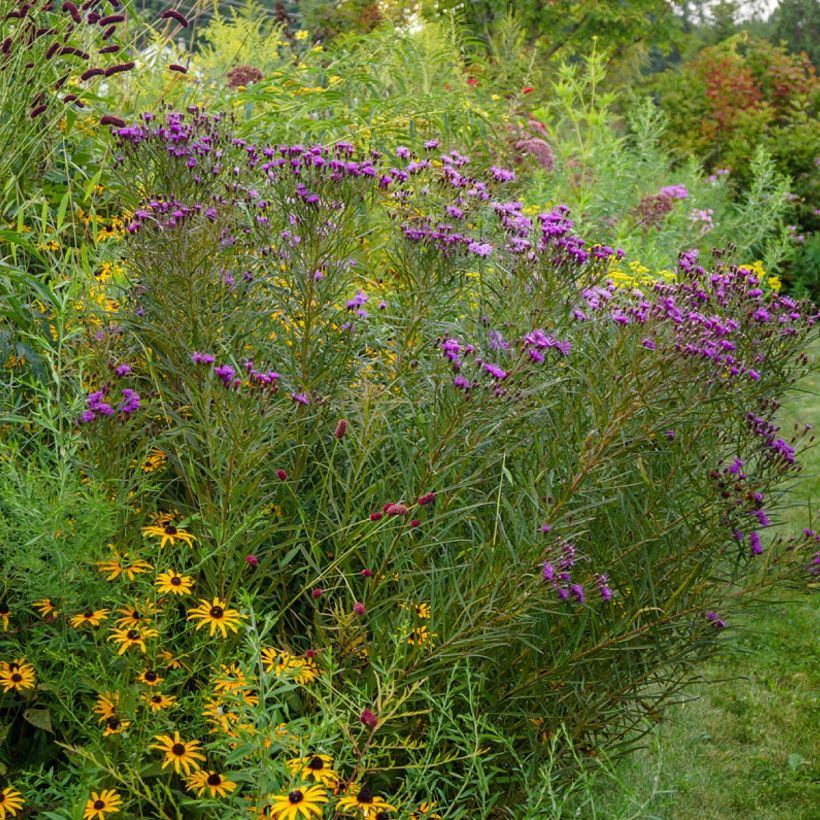

Flowering
Foliage
Plant habit
Botanical data
Vernonia
lettermannii
Asteraceae
Narrow-leaf Ironweed
North America
Other Vernonia - Bitterleaf
Planting and care
Vernonia lettermannii is an excellent perennial plant that thrives in very sunny exposures, in rich and deep soils. It tolerates clayey and limestone or rocky soils very well, but not suffocating ones. It can withstand periodically flooded rocky terrains and tolerates occasional drought periods better than other species. Add leaf compost and coarse sand to heavy soil at planting. Clumps that have become too big can be divided in spring or autumn. Cut back dried vegetation at the end of flowering.
Planting period
Intended location
Care
-
, onOrder confirmed
Reply from on Promesse de fleurs
Summer flowering perennials
Haven't found what you were looking for?
Hardiness is the lowest winter temperature a plant can endure without suffering serious damage or even dying. However, hardiness is affected by location (a sheltered area, such as a patio), protection (winter cover) and soil type (hardiness is improved by well-drained soil).

Photo Sharing Terms & Conditions
In order to encourage gardeners to interact and share their experiences, Promesse de fleurs offers various media enabling content to be uploaded onto its Site - in particular via the ‘Photo sharing’ module.
The User agrees to refrain from:
- Posting any content that is illegal, prejudicial, insulting, racist, inciteful to hatred, revisionist, contrary to public decency, that infringes on privacy or on the privacy rights of third parties, in particular the publicity rights of persons and goods, intellectual property rights, or the right to privacy.
- Submitting content on behalf of a third party;
- Impersonate the identity of a third party and/or publish any personal information about a third party;
In general, the User undertakes to refrain from any unethical behaviour.
All Content (in particular text, comments, files, images, photos, videos, creative works, etc.), which may be subject to property or intellectual property rights, image or other private rights, shall remain the property of the User, subject to the limited rights granted by the terms of the licence granted by Promesse de fleurs as stated below. Users are at liberty to publish or not to publish such Content on the Site, notably via the ‘Photo Sharing’ facility, and accept that this Content shall be made public and freely accessible, notably on the Internet.
Users further acknowledge, undertake to have ,and guarantee that they hold all necessary rights and permissions to publish such material on the Site, in particular with regard to the legislation in force pertaining to any privacy, property, intellectual property, image, or contractual rights, or rights of any other nature. By publishing such Content on the Site, Users acknowledge accepting full liability as publishers of the Content within the meaning of the law, and grant Promesse de fleurs, free of charge, an inclusive, worldwide licence for the said Content for the entire duration of its publication, including all reproduction, representation, up/downloading, displaying, performing, transmission, and storage rights.
Users also grant permission for their name to be linked to the Content and accept that this link may not always be made available.
By engaging in posting material, Users consent to their Content becoming automatically accessible on the Internet, in particular on other sites and/or blogs and/or web pages of the Promesse de fleurs site, including in particular social pages and the Promesse de fleurs catalogue.
Users may secure the removal of entrusted content free of charge by issuing a simple request via our contact form.

































